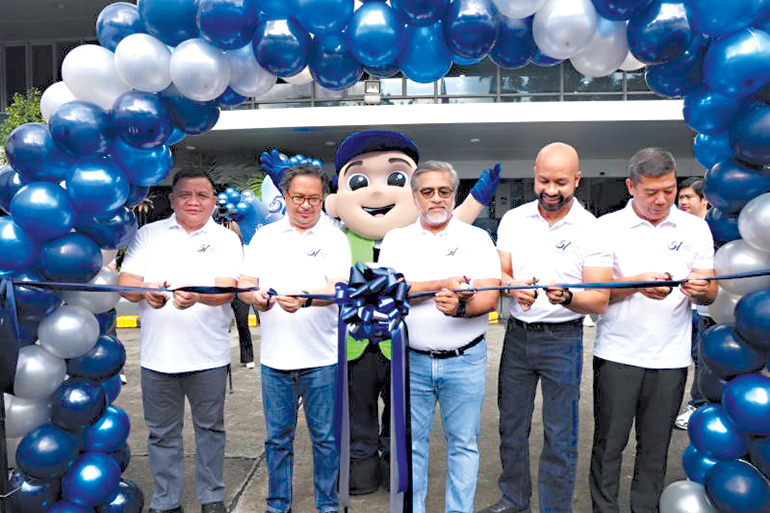Since its inception in 1974, the Philippine Ports Authority (PPA) has been mandated to establish, develop, regulate, manage and operate a rationalized national port system in support of trade and national development in the country. Throughout its journey that spans five decades of institutional reform, infrastructure development, and technological modernization, the agency has aimed at providing port facilities and services aligned with global best practices and a port regulatory environment conducive to national development.
The PPA was created to bring order and centralization to what used to be a fragmented port management system in the Philippines. Through Presidential Decrees 505 and 857, the agency was provided the legal basis to consolidate authority over hundreds of national, municipal, and even privately operated ports by 1977.
The first few years of the PPA were marked by foreign-assisted development projects in key urban ports and highlighted the need for international cooperation. Executive Order 513 restructured the organization by expanding its regulatory powers and institutional reach. Additionally, the Manila International Container Port (MICP) was identified as a specialized hub for selected foreign trade operations, an early move toward creating more efficient trade gateways.
By the mid-1980s, the PPA shifted its focus toward institutional independence and a more coordinated nationwide port system. As it officially became attached to what was then the Ministry of Transportation and Communications, the agency developed a framework encompassing 114 integrated ports. Further support from foreign-assisted programs allowed for technical and operational upgrades, such as hydrographic surveying, interisland transport, and data systems.
Support authors and subscribe to content
This is premium stuff. Subscribe to read the entire article.













